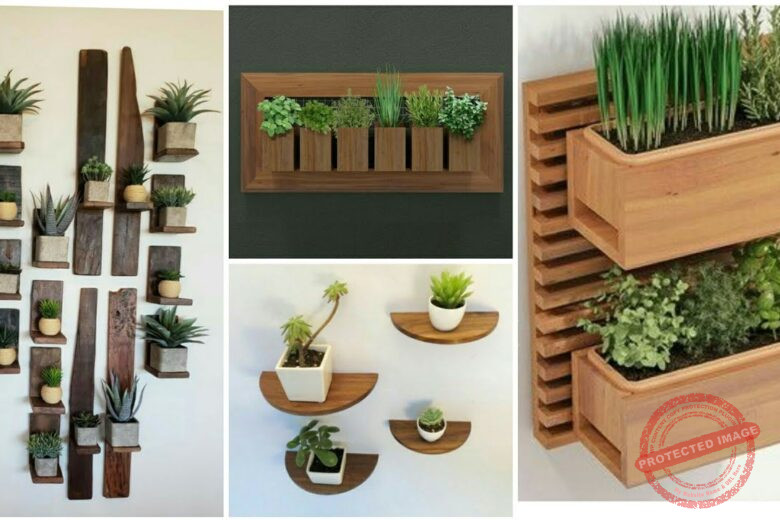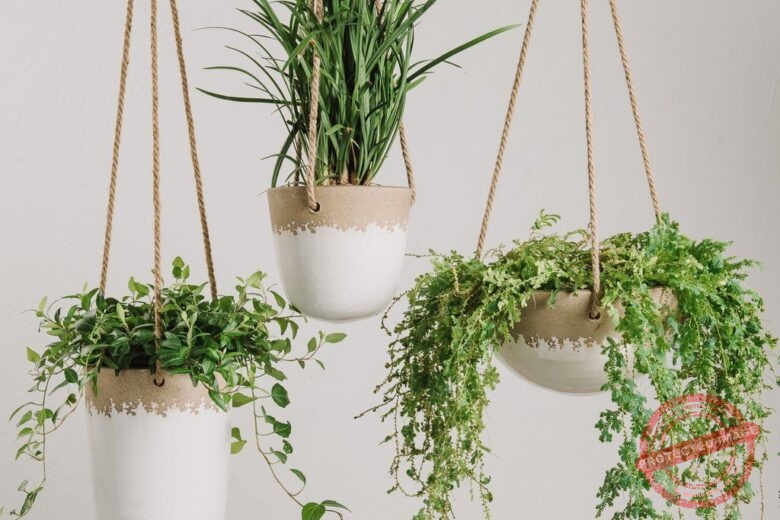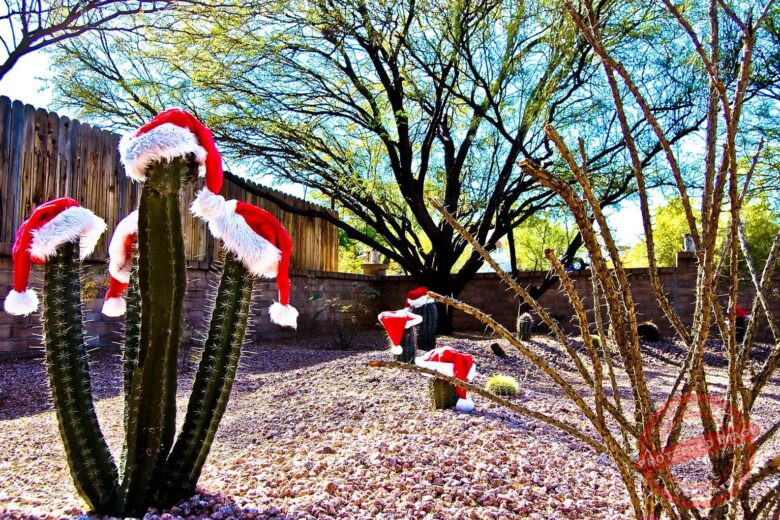There’s something special about midsummer on the farm. The long days hum with life—the tomatoes are ripening, the bees are busy, and the air smells of sun-warmed soil. But just as everything is growing fast, so too is the chaos. Branches start crossing, shrubs get wild, and suddenly your garden looks more like a jungle than a well-kept space. That’s when midsummer pruning comes in handy. It’s that time when you step in, shears in hand, to bring balance back to your plants and guide them through the rest of the season.
Midsummer pruning isn’t just about tidiness; it’s about giving your plants direction. Whether you’re managing a few fruit trees behind the house or acres of vineyard, proper summer pruning helps plants breathe better, ripen fruit evenly, and stay disease-free. When done right, it can even reduce the workload for next year’s pruning season. But the trick lies in knowing what to tackle and what to leave for later. Some plants love a midsummer haircut; others prefer to be left alone.
On my own small farm, I’ve learned this lesson the hard way. One summer, eager to tidy up my orchard, I pruned my young apple trees far too aggressively. They bounced back—but not before reminding me that pruning is a conversation, not a command. Since then, I’ve treated midsummer pruning more like fine-tuning than chopping. It’s about listening to what each plant needs, rather than forcing a schedule on them. And that mindset can make all the difference between a thriving garden and a stressed one.
Why Midsummer Pruning Matters
When you prune in summer, you’re working with the plant’s energy, not against it. By midsummer, most plants have completed their main growth spurt, and new shoots have started to harden. Cutting back at this stage helps shape the plant and encourages better airflow, which prevents fungal diseases like powdery mildew and blight. It also allows more sunlight to reach the fruit, improving ripening and flavor.
In other words, summer pruning keeps plants in balance. It redirects nutrients away from excess foliage and toward fruit or flower production. Think of it like thinning out a crowded room—you’re giving every branch space to move and breathe.
What You Should Tackle
1. Fruit Trees and Bushes
If you grow apples, pears, cherries, or peaches, midsummer pruning can do wonders. Trim back water sprouts—the tall, straight shoots that pop up from branches or trunks. They’re energy thieves and rarely bear fruit. Removing them helps sunlight reach the inner canopy.
Also, thin out branches that are shading ripening fruit. A good rule of thumb? You should be able to toss a small bird through the tree without it getting stuck. That’s how open your canopy should be for airflow and light.
2. Shrubs That Bloom Early in the Year
Lilacs, forsythias, and mock oranges should be pruned right after they bloom. By midsummer, they’re ready for shaping. Cut back any wayward growth or stems that are crowding others. Avoid heavy cuts on late-blooming shrubs, though—you’ll risk removing next season’s flower buds.
3. Vines Like Grapes and Clematis
If you’re wondering how much is too much when pruning in summer, vines are your best teachers. Grapes, especially, benefit from thinning out excess leaves so clusters get more light. But don’t strip them bare. Keep enough foliage to protect the fruit from sunburn. Clematis, on the other hand, depends on the type—some varieties bloom on old wood, others on new. When in doubt, prune lightly.
4. Tomatoes and Other Veggies
Vegetables need midsummer attention too. Indeterminate tomatoes, for instance, can turn into unruly monsters if you let them. Pinch off suckers that grow between the main stem and branches to encourage more fruit production instead of leafy growth. And if your pepper plants look crowded, thin out a few inner leaves to boost airflow.
What to Avoid Cutting
Not every plant appreciates a midsummer trim. Avoid pruning spring-blooming shrubs too late—they’ve already formed buds for next year. Similarly, don’t cut back evergreen trees or conifers at this point; they grow best when pruned in late winter or early spring. Heavy pruning in summer can cause stress or even sunscald.
Also, avoid cutting when the weather is extremely hot or dry. Plants already under stress from heat or drought won’t recover quickly. Wait for a mild, cloudy day if possible—it’s gentler on both you and your plants.
How to Prune Safely and Effectively
Before you start snipping, make sure your tools are sharp and clean. Dull blades can tear branches, leaving wounds that invite disease. I like to dip my pruners in a mix of one part bleach to nine parts water between plants, especially when working on fruit trees.
Always cut just above a leaf node or side branch. Don’t leave stubs—they die back and create entry points for pests. And when thinning, aim to remove no more than one-third of a plant’s growth at a time. That’s enough to shape without shocking it.
A Real-Life Example from the Orchard
Last year, I spent an entire afternoon working on an old pear tree that had been neglected for seasons. Its canopy was so dense that sunlight barely touched the fruit. I started slowly, removing crossing branches, then a few upward shoots. Within an hour, I could see light filtering through the middle. By late August, that same tree produced the sweetest, most evenly ripened pears I’d ever tasted. Sometimes, all a tree needs is a little breathing room.
Common Questions About Pruning in Summer
1. Will pruning in summer stop plants from growing?
Not exactly. Pruning in summer can slow vigorous growth, which is actually helpful for overly energetic plants. It redirects energy to fruit and flower production instead of more leaves.
2. Can I prune in late summer or early fall?
You can, but be careful. Late-season pruning can stimulate new growth that won’t have time to harden before frost. That tender growth can get damaged easily when cold weather hits.
3. How do I know if I’ve pruned too much?
If your plant starts wilting or dropping leaves soon after pruning, you may have gone too far. Next time, take it slower—step back every few cuts and assess the shape before continuing.
4. Should I fertilize after midsummer pruning?
Yes, but lightly. A balanced fertilizer helps plants recover, though overfeeding can encourage unwanted new shoots. Water deeply afterward to help roots stay strong.
How to Keep Pruned Plants Healthy
After pruning, your plants are more exposed to sunlight and potential pests. Mulch around the base to keep roots cool and retain moisture. Watch for signs of stress like leaf curling or yellowing. If you notice them, adjust watering—most plants need about an inch of water a week during summer.
And don’t forget to step back and admire your work. There’s a real satisfaction in seeing a once-overgrown plant breathing freely again. It’s one of those quiet farm moments that remind you why you started growing in the first place.
The Reward of Summer Balance
When you take the time to prune thoughtfully in midsummer, you’re not just shaping plants—you’re shaping the season’s outcome. You’re helping fruit ripen sweeter, flowers bloom brighter, and your garden look more alive. Every cut is a conversation, a way of saying, “I see you, and I’m helping you grow stronger.”
So, as you stand there with your pruning shears and the sun high above, remember: midsummer pruning isn’t about perfection. It’s about partnership. The plants do their part, and you do yours. And together, you build something beautiful.
How’s your garden looking this midsummer—ready for a little shaping, or are you letting it run wild for now?



